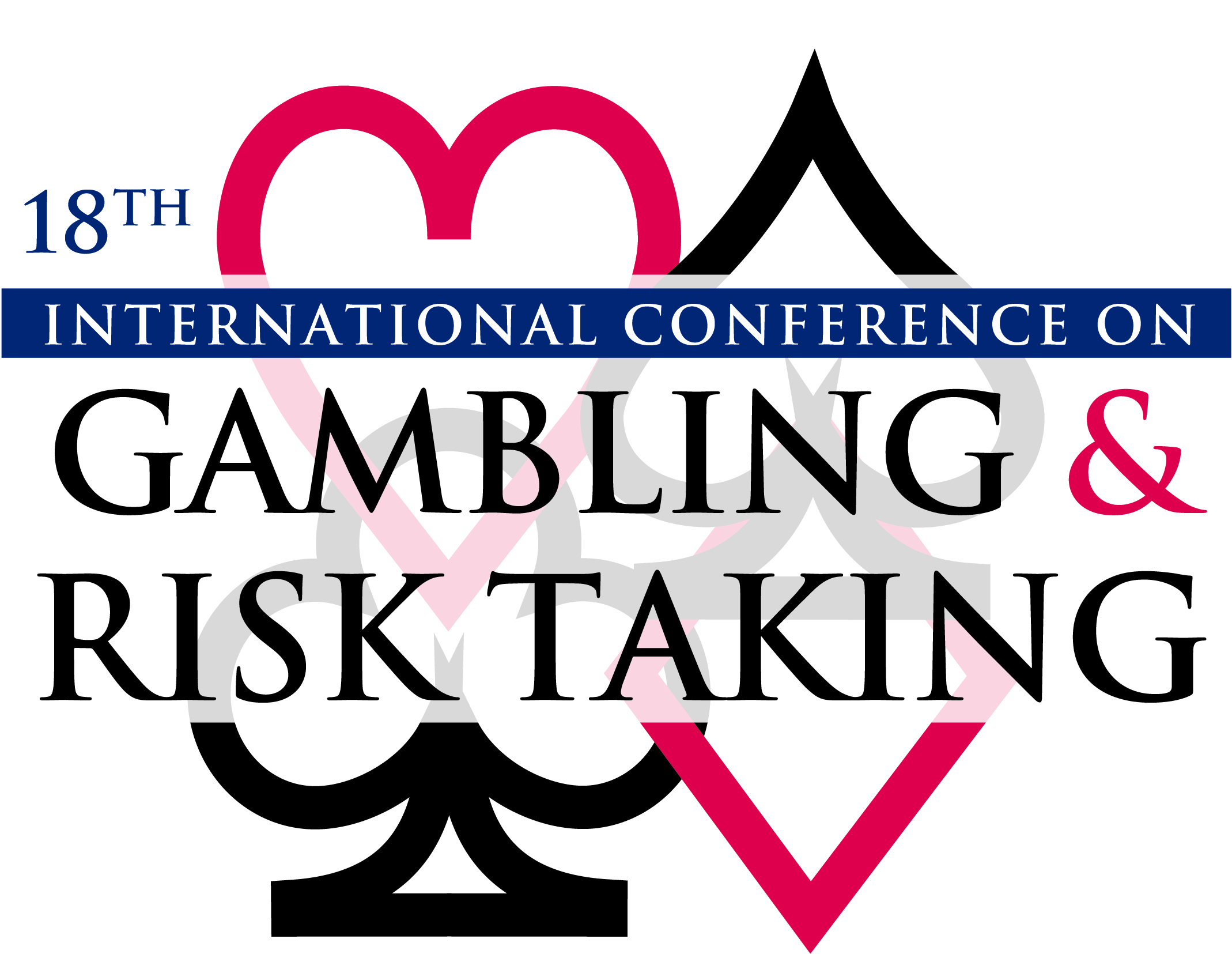Session Title
Session 3-3-A: Problem Gambling Motives and Pathways
Presentation Type
Paper Presentation
Location
Park MGM, Las Vegas, NV
Start Date
25-5-2023 1:30 PM
End Date
25-5-2023 3:00 PM
Abstract
The Pathways Model is a highly cited etiological model of problem gambling. Over the past two decades, a number of studies have found support for the model’s utility in classifying gambling subtypes. In addition, empirical research conducted by the original authors has suggested key revisions in the original model to maintain its stability over time. This presentation will provide an overview of the original model, related findings in the past 20 years, and introduce the revised model.
A convenience sample of 1,168 treatment-seeking problem gamblers in the U.S., Canada, and Australia completed the Problem Gambling Severity Index and the Gambling Pathways Questionnaire. Empirically validated risk factors were analyzed using latent class analyses, identifying a three-class solution as the best-fitting model. Those in the largest class (Pathway 1) reported the lowest levels of all etiological risk factors. Participants in class 2 (Pathway 2) reported the highest rates of anxiety and depression, both before and after gambling became a problem, as well as childhood maltreatment, and a high level of gambling for stress-coping. Those in class 3 (Pathway 3) reported high levels of impulsivity; risk-taking, including sexual risk-taking; antisocial traits; and coping to provide meaning in life and to alleviate stress.
Implications: The revised model provides an evidence-based, parsimonious summary of key risk factors that may variously predispose individuals to develop gambling problems. Those factors provide a “road-map” to guide clinicians in individualizing treatment to address the most important predictors of relapse.
Keywords
etiology, problem gambling, subtypes, pathways, gambling disorder
Funding Sources
None
Competing Interests
All authors deny any financial or non-financial competing interest related to this research project.
Revising the Pathways Model of Problem Gambling: Two Decades of Lessons Learned
Park MGM, Las Vegas, NV
The Pathways Model is a highly cited etiological model of problem gambling. Over the past two decades, a number of studies have found support for the model’s utility in classifying gambling subtypes. In addition, empirical research conducted by the original authors has suggested key revisions in the original model to maintain its stability over time. This presentation will provide an overview of the original model, related findings in the past 20 years, and introduce the revised model.
A convenience sample of 1,168 treatment-seeking problem gamblers in the U.S., Canada, and Australia completed the Problem Gambling Severity Index and the Gambling Pathways Questionnaire. Empirically validated risk factors were analyzed using latent class analyses, identifying a three-class solution as the best-fitting model. Those in the largest class (Pathway 1) reported the lowest levels of all etiological risk factors. Participants in class 2 (Pathway 2) reported the highest rates of anxiety and depression, both before and after gambling became a problem, as well as childhood maltreatment, and a high level of gambling for stress-coping. Those in class 3 (Pathway 3) reported high levels of impulsivity; risk-taking, including sexual risk-taking; antisocial traits; and coping to provide meaning in life and to alleviate stress.
Implications: The revised model provides an evidence-based, parsimonious summary of key risk factors that may variously predispose individuals to develop gambling problems. Those factors provide a “road-map” to guide clinicians in individualizing treatment to address the most important predictors of relapse.


Comments
Thank you for the opportunity to submit this abstract to your conference.